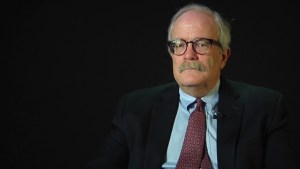 |
| Moore's Ford Lynching historical marker |
The slayings of George and Mae Murray Dorsey and Roger
and Dorothy Malcolm by a white lynch mob occurred on July 25, 1946 near the
Moore’s Ford Bridge on the Appalachee River between the Walton and Oconee counties.
The brutal killings seized national headlines and triggered a federal response.
Compelled to act, President Harry S. Truman dispatched FBI agents to Georgia to
investigate the murders. President Truman also issued an executive order in
December 1946 establishing the President’s Committee on Civil Rights, which issued
a host of recommendations including federal anti-lynching legislation. Faced
with uncooperative witnesses, however, U.S. attorneys declined to seek indictments, and intransigent lawmakers—chiefly representing southern states—blocked
anti-lynching legislation in Congress.
Governor Roy Barnes ordered the case
reopened in 2001, and the Federal Bureau of Investigation followed suit in
2006. State and federal officials closed the case in December 2017, and the
nation’s last mass lynching remains unsolved.
 |
| FBI ballistics report from 1946 |
The Russell Library houses a number of Moore’s Ford
related collections. The records of the Moore’s Ford Memorial Committee,
donated by Richard Rusk and Rosemary Woodel, document the efforts of black and
white citizens of Walton and Oconee counties to commemorate the slayings, seek
justice for the Dorseys and Malcolms, and endow memorial scholarships for local
students. The Samuel J. Hardman Research Files include a number of documents
produced by the FBI during its 1946-47 investigation. Copies of investigation
summaries, witness reports, description of physical evidence, internal bureau
communication, and an article penned by Hardman feature prominently.
These and other collections are currently open for
research.
Ashton Ellett
Ashton Ellett







